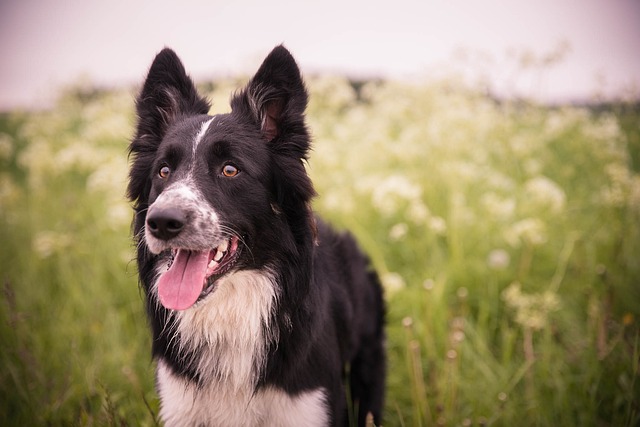
How do i train my dog to be obedient?
Watching your dog dart across the park ignoring your calls isn’t just frustrating—it can put them at risk near busy streets or public spaces.
Border Collies thrive on mental stimulation, and teaching them to shake hands isn’t just a cute trick—it’s a great way to bond while keeping their sharp minds engaged. Imagine taking your pup to the neighborhood park; a well-timed paw shake can turn a stranger’s smile into a conversation, making those daily walks even more enjoyable. But like any training, it starts with understanding their need for positive interaction, not pressure.
The key to teaching a Border Collie to shake hands lies in positive reinforcement, a method backed by animal behaviorists worldwide. These dogs respond best to rewards—think small bits of chicken or their favorite kibble—paired with enthusiastic praise. It’s about building a habit: when they perform the desired action, they get something good, making them eager to repeat it. Never use scolding or physical correction; Border Collies are sensitive, and fear will only break the trust you’re trying to build.
 Start by getting your Border Collie comfortable sitting—if they don’t know that yet, spend a few days mastering it first. Hold a treat in your closed hand, letting them sniff it to spark interest. Gently tap their front paw with your free hand; most dogs will lift it slightly to investigate. The moment they do, say “shake” in a cheerful tone, offer the treat, and give them a pat. Repeat this 5-10 minutes a day—short sessions work better than long ones, especially for a breed with a short attention span when overstimulated.
Start by getting your Border Collie comfortable sitting—if they don’t know that yet, spend a few days mastering it first. Hold a treat in your closed hand, letting them sniff it to spark interest. Gently tap their front paw with your free hand; most dogs will lift it slightly to investigate. The moment they do, say “shake” in a cheerful tone, offer the treat, and give them a pat. Repeat this 5-10 minutes a day—short sessions work better than long ones, especially for a breed with a short attention span when overstimulated.
As you practice, remember local rules that keep everyone safe. Ensure your Border Collie is up-to-date on vaccinations, as most states require proof of rabies shots for public outings. When training in an apartment, stick to quiet hours—no early-morning sessions that might rattle neighbors. And always carry waste bags; even a well-trained pup needs their owner to clean up, keeping sidewalks and parks pleasant for everyone.
After a week or two, try saying “shake” without tapping their paw. If they hesitate, go back to the tap for a session or two—consistency matters more than speed. I once met a family in my building whose Border Collie, Lila, learned to shake hands in three weeks by practicing during commercial breaks while watching TV. It became their nightly ritual, turning a mundane moment into quality time.
Training a Border Collie to shake hands is more than teaching a trick—it’s about communication. When they lift that paw, they’re saying “I want to connect,” and that’s the best reward of all. Keep it fun, stay patient, and you’ll have a new way to greet each other in no time.

Watching your dog dart across the park ignoring your calls isn’t just frustrating—it can put them at risk near busy streets or public spaces.

New puppy owners often find themselves rushing to clean up accidents before they set in, and that’s where puppy pad training becomes a game-changer.

If you've noticed your dog's waistline disappearing and your veterinarian has mentioned those few extra pounds, your first instinct might be to simply reduce the amount of food in their bowl.

Training a dog to use a designated spot indoors isn’t as daunting as many new owners fear, but it does take consistency and an understanding of your pet’s needs.

That moment of dread on a walk is all too familiar for many new dog owners. You see another dog approaching down the sidewalk of your neighborhood

If the sight of another dog on your neighborhood walk makes your heart sink as your own dog erupts into a frenzy of barking and lunging, you're not alone.